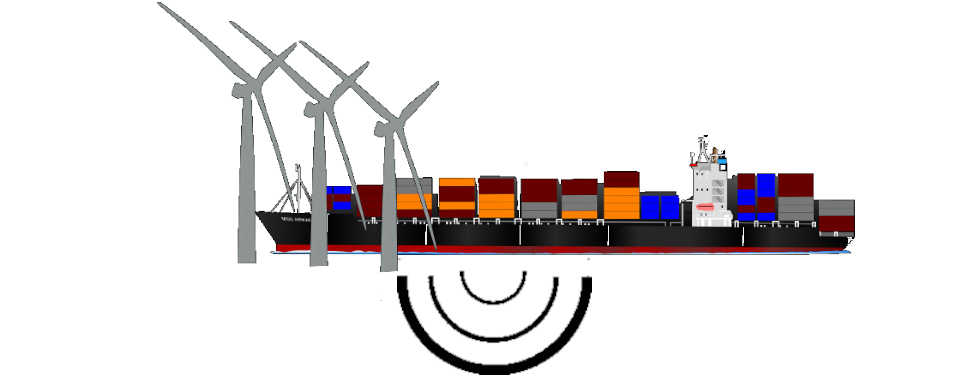
| Project data | |
|---|---|
| Project leader: | Prof. Prof. h. c. Dr. Ursula Siebert |
| Chief scientist: | Dr. Joseph Schnitzler |
| Scientific staff: | Helena Eicher |
| Project term: | January 2024 - December 2026 |
| Sponsorship: | EU |
| Project partner: |
•Projektkoordination, Rijkswaterstaat (RWS) •Ministry of Infastructure and Water Management, Utrecht •Federal Maritime and Hydrographic Agency (BSH) •Hamburg TNO research, Den Haag •IVL Swedish Environmental Research Institute, Kristineberg •Royal Belgian Institute of Natural Sciences (RBINS), Brüssel •North Sea Foundation, Utrecht •Flanders Marine Institute (VLIZ), Oostende •JASCO Applied Sciences |
Project description
The North Sea is one of the busiest shipping areas. In order to achieve the EU's climate targets, a massive expansion of wind farms is planned in the North Sea. The North Sea is also a valuable habitat for many species that are threatened by future maritime developments. This also includes the risk of noise pollution. DEMASK aims to encourage maritime decision-makers, spatial planners and industry stakeholders to address the issue of underwater noise by jointly planning scenarios for the future of the North Sea, improving the tools and knowledge to assess noise mitigation scenarios and setting strategic priorities that lead to a well-managed noise landscape.
DEMASK consists of three working groups. The centerpiece (WP1) is the joint scenario planning process. WP1 relies on stakeholder participation and is specifically designed to maximize the uptake of strategic policy priorities for noise mitigation. It defines and assesses the key policy scenarios for noise reduction. WP2 focuses on predicting the future noise situation. Finally, WP3 will carry out risk assessments for biodiversity in the North Sea for alternative action scenarios. Pilot projects will predict the noise scenarios for these alternative scenarios compared to the baseline situation and use these noise scenarios to assess the impacts of noise and the associated risks for indicator species. Risks will be assessed on the basis of sensitivity, distribution, habitat and exposure if the thresholds for the occurrence of biologically significant adverse effects (LOBE) are exceeded at the regional level. This work package is led by ITAW.
Project web site
Contact person
Stiftung Tierärztliche Hochschule Hannover
Institute for Terrestrial and Aquatic Wildlife Research
Werftstr. 6
25761 Büsum
Dr. Joseph Schnitzler
Phone: +49 (0)511-8568155
e-mail schreiben



